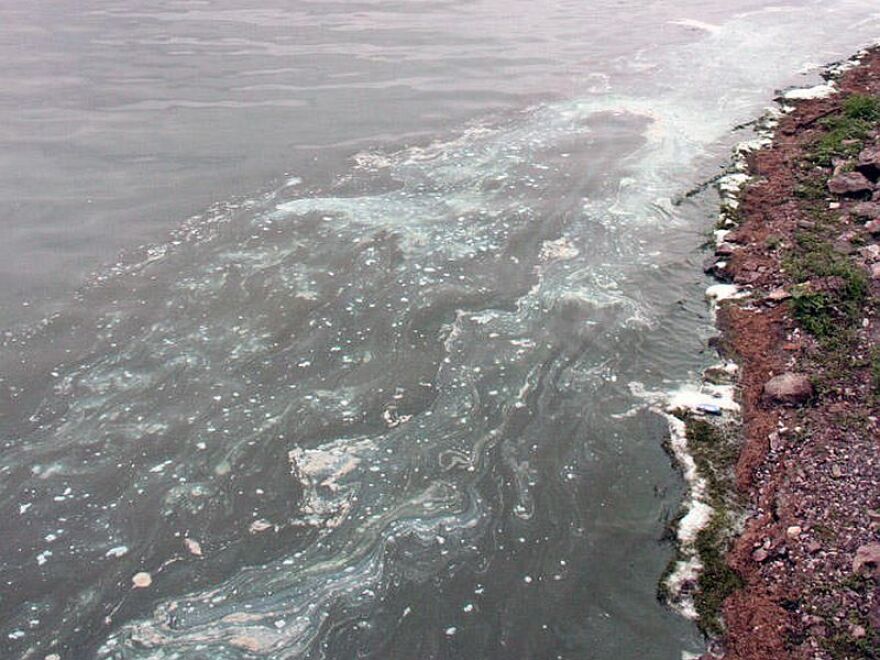A recently released state auditor's report says the majority of money spent to reduce phosphorus pollution in Lake Champlain goes to the least cost-effective solutions.
According to the Vermont Agency of Natural Resources, some of that spending is tied to specific state and federal legal obligations. But State Auditor Doug Hoffer said the federal government also requires the state to reduce phosphorus at the lowest possible cost.
"It's very clear that the most cost-effective approach is at ag [sources from agriculture]. The least cost-effective is wastewater," Hoffer said. "Which in this case, wastewater and sewer extensions ... is where most of the money went. So that's upside down."
Hoffer said the state could get more for its money if it prioritized spending on reducing the agriculture waste and stormwater that foul the lake — the auditor's report shows that these areas only receive 24% and 19% of the funding, respectively.
However, Natural Resources Secretary Julie Moore said the state is obligated by the terms of a cleanup plan approved by the Environmental Protection Agency to target phosphorus from wastewater treatment plants.
"Frankly some of our investments reflect statutory requirements, whether at the state level or the federal level, that necessitate certain investments almost regardless of their phosphorus pollution reduction benefit," she said.
Moore said the state follows an "all-in" strategy for lake cleanup, meaning all sources are targeted.
"So wastewater, stormwater, agriculture, rural roads, forestry," she said. "And by virtue of the fact that we have hitched our cart to an all-in approach, it means some of our investments are less cost-effective than others — but they are all important for achieving our overall water quality goals."
The phosphorus in the lake basically acts as fertilizer for cyanobacteria, or toxic blue-green algae. Hoffer's report was released in a week when several areas of the lake saw outbreaks of cyanobacteria.
Hoffer said a healthy lake is critical to the state's real estate and tourism economy. So, he said, the state needs to demonstrate what's working and what's not, particularly as it ramps up spending on cleanup efforts. Hoffer's report says 95% of the state's water quality spending did not show measureable phosphorus reductions.
Moore said officials are working hard to gather that data.
"We are constantly searching for ways to better quantify the results of the work that we are completing on the landscape," she said. "We have a lot of modeled numbers which I know the auditor pointed to and looked forward to getting direct data [from], and are putting systems in place to do that."
Have questions, comments or tips? Send us a message or get in touch with reporter John Dillon @VPRDillon.
We've closed our comments. Read about ways to get in touch here.





